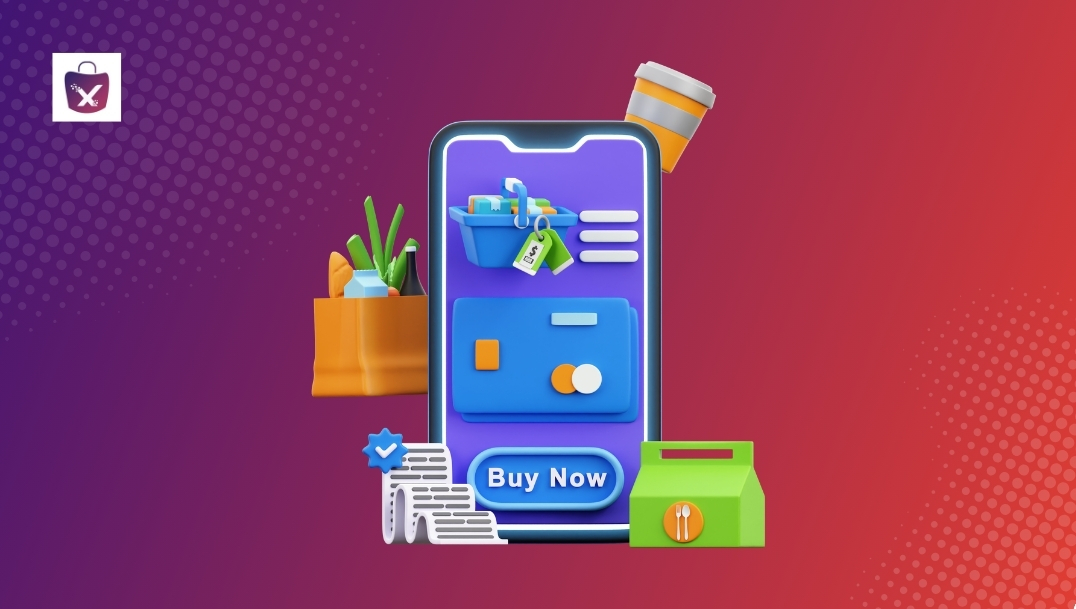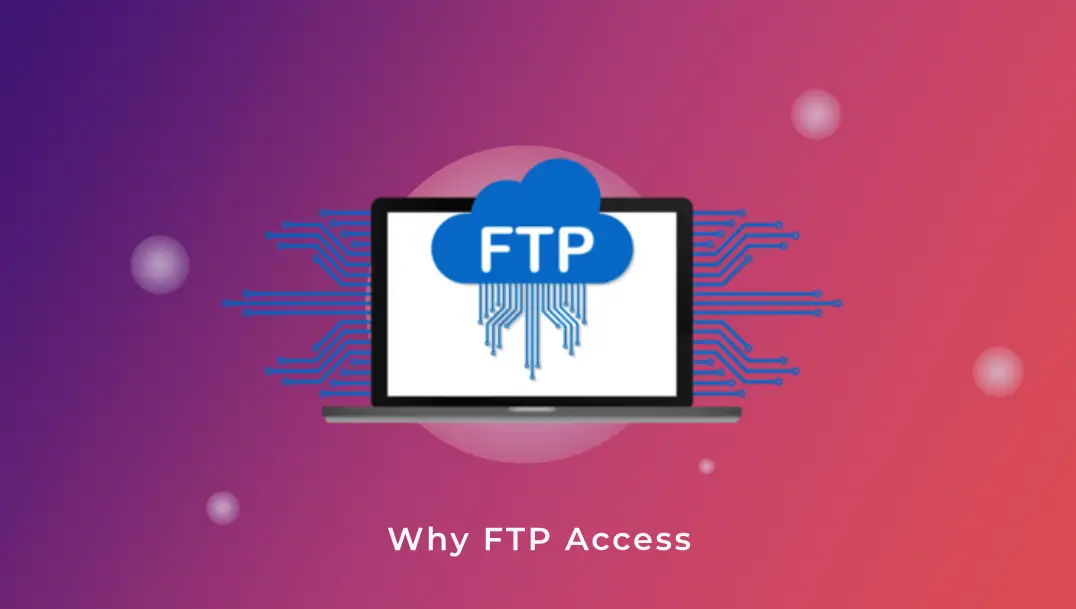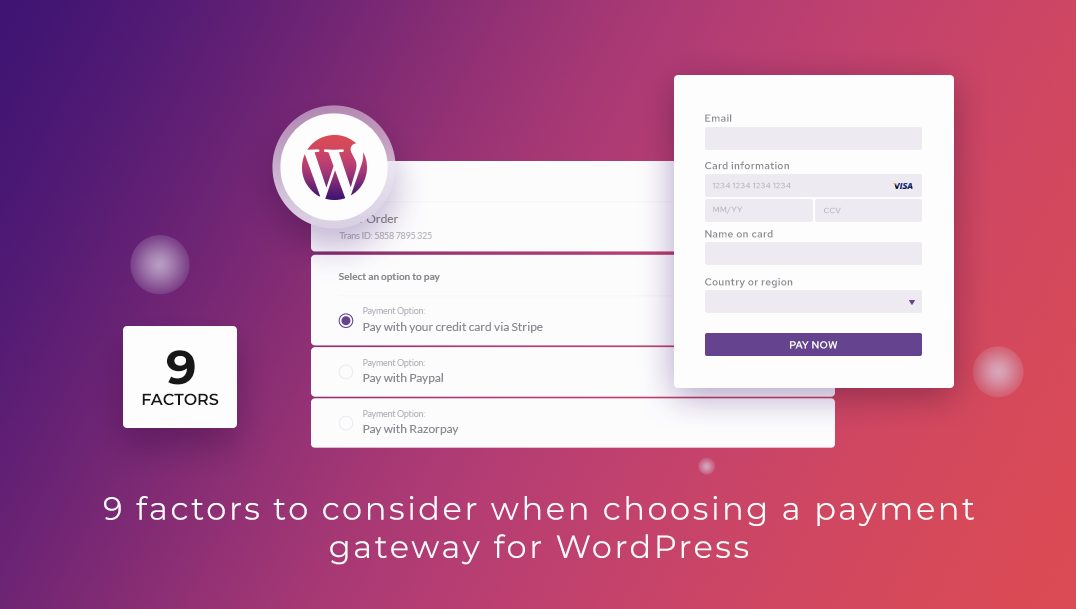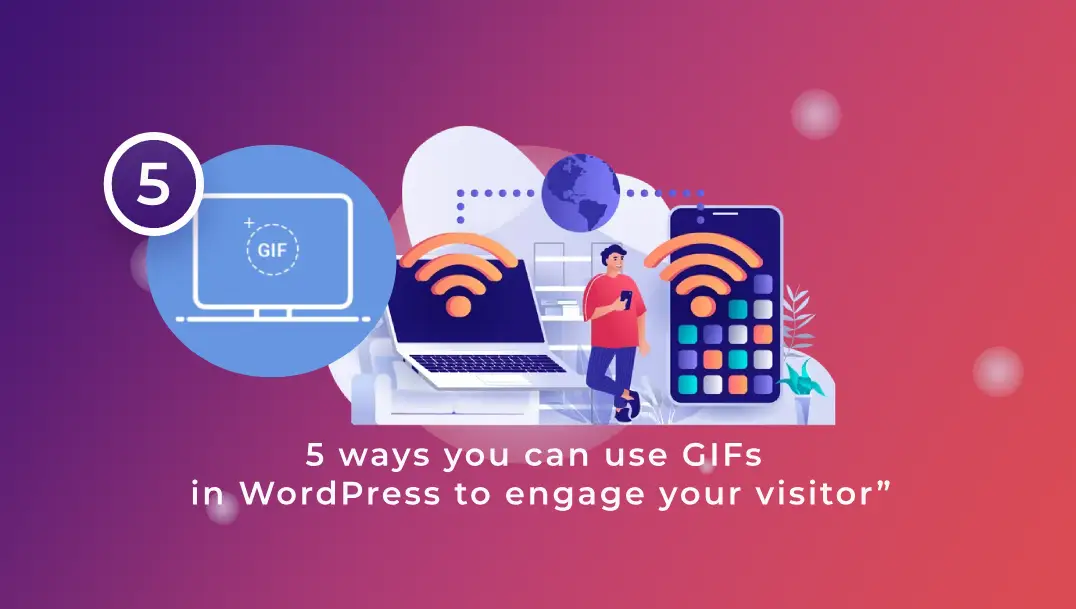In 2017, we witnessed a huge surge in online shopping and the rise of online marketplaces. This, among many other business and technology trends, made a significant impact on how business takes place both offline and online. Now, it comes as no surprise that online sales will continue to rise. Compared to the $1.85 trillion sales recorded from 2016, E-commerce revenue will more than double its worth in only 5 short years.
Considering this scenario, it is likely that the number of entrants to this evolving and slightly volatile marketplace will keep increasing. Hence, e-commerce marketplace players will need to plan ahead. As a marketplace owner, you will have to analyze and understand the consumer data, find out why and when they buy a product or abandon a purchase within your site. And with this, you will need to keep track of the emerging trends.
Mobile: E Commerce to turn into M-commerce?
Well, that might actually be the case and by the end of 2018, we might get as used to the term m-commerce as we are with e-commerce today. Mobile commerce is growing at a tremendously rapid speed.
According to Statista, over half of the world’s web traffic came from users on their mobile devices. It’s no more secret that today mobile is eating the biggest piece of the e-commerce cake. But why is it so and what marketplace owners need to do to stay ahead in the competition?
Mobile apps are in vogue. There is an app for everything and it works wonders in bringing ease and efficiency for the users. To illustrate, with the Flipkart app, you can browse and buy anything instantly even when you are traveling by car and have no access to desktop/laptops or whatever. No wonder, Myntra, the online shopping portal, went all app just a few months back. Also, the bigger screens of the Smartphones make every action so seamless whether is it searching, buying or making payments to complete the purchase.
So, the bottom line is with the mobile trend soon to rule the e-commerce space, it is imperative that your marketplace is present on this platform too. Re-marketing is an essential marketing activity for e-commerce players and this, too, is gaining momentum with the increased use of mobile apps by users.
Sending users a follow-up message after an initial marketing message proves significant lifts in several categories. Another reason why mobile marketing is on the rise is its assurance of improved and secure payment processes. Several e-commerce marketplaces, today, are developing wallets allowing customers to load money onto their account. This scheme was introduced by Starbucks and is now followed by many.
Mobile had been a tremendous digital force earlier and now, it is influencing the e-commerce scenario. With brilliant modes of implementing mobile marketing strategies coming up, we can anticipate an extraordinary upsurge in the ROI of online marketplaces in the year to come.
Millennials: Coming of Age
E-commerce in 2018 will be driven by the needs and preferences of a prominent generation: the Millennials. The term is a commonplace today. But then, who are the millennials and how are they going to be the next dominant trend in online marketplaces?
Millennials are precisely born between 1980-2000, according to a report by Goldman Sachs Global Investment Research. The generation Y is in focus because they are growing up in a time of rapid changes. The millennials are found to have a set of priorities and expectations distinctly different from the previous generations. Now, their strong technology orientation is profoundly reshaping the consumer experience.
Statistics reveal that by 2018, this group will have more spending power than any other generation. The interesting part is the way they are going to wield that power will drive the way online retailers think about consumers and create shopping experiences.
So, let’s analyze what the millennials look for from a marketplace or say, how they can be satisfied.
- Social information: Millennials are connected to their social networks everywhere and at all times. So, the more thriving the presence of an e-commerce on social media, the better it is in attracting the millennials. This generation depends a lot on peer reviews and much of that comes from the social media.
- Product reviews: Reviews filtered from people with similar attributes motivate the millennials and influence their purchase decision.
51% of millennials say that consumer opinions found on a company’s website are more important to them than recommendations from family and friends.
- Price and Brand Value: As much as the millennials are willing to pay more, it is true that their affinity lies with brands having deep-rooted values and personalities. The Vend University report shows that 63% of Millennials say that knowing that an e-commerce marketplace is mindful of its social responsibilities, makes them ready to pay higher prices. Millennials seem to be motivated by the prospect of their spend going to help causes they support.
So, the Millennials are the powerful market force and they will grow in 2018. And this will require the e-commerce players to satisfy the Gen Y’s need for trustworthy information, personalization and socially conscious products and practices.
Personalization: Defining Customer Experience
While technology is binding the world together, e-commerce marketing is getting more individualized. And this is because the present-day customers resist homogeneity. They look for a customized experience each time. Hence, personalization is growing to be a marketplace trend that will require even global brands to decentralize their structure and interact on a more personal basis.
Broadly, personalization is about reaching out to each customer individually, understanding that they are different from each other and delivering a unique experience in the process. A study done by eConsultancy revealed that
62% of online retailers are reported doing some form of personalization. Having said that, there is no clear formula that defines what it means to deliver a personalized experience. Here are some ways in which marketplaces can embrace personalization:
- Marketplaces need to understand the customer’s needs throughout the entire sales funnel. That is to say, allow them to feel that you are making an effort to understand their demands. So, the ads they see, the emails they receive and the landing pages they are directed to should echo the same message.
- A sense of urgency instills the belief in your customers that you want them to strike the best possible deals. This way, you also target the undecided buyers. An example? The numerous promo codes and offers that marketplaces put up.
- Asking questions goes a long way in creating a more tailored shopping experience. Studying the behavior of your potential customers will give you an idea of what offers will suit them best in near future.
Personalization, in its entirety, is becoming integral to how marketplaces devise their e-commerce strategy.
A survey by Forrester shows that 75% of e-commerce channel strategy professionals consider personalization as their top investment priority. And this being a two-way process, 40% of consumers say that they buy more from retailers that personalize the shopping experience consistently across all channels.
While this post talks about some diverse trends and predictions for 2018, it all comes down to improving the customer experience. Also, for each marketplace and each brand, the trend that will most affect their operations will vary. Overall, keeping track of these dominant trends are sure to help e-commerce players gain a deeper customer insight and have a smooth sailing.
Is your marketplace targeting the new-age buyers aka Millennials? Or do you have a marketplace that allows you to target them? Let’s introspect now.
image credit- unsplash.com





